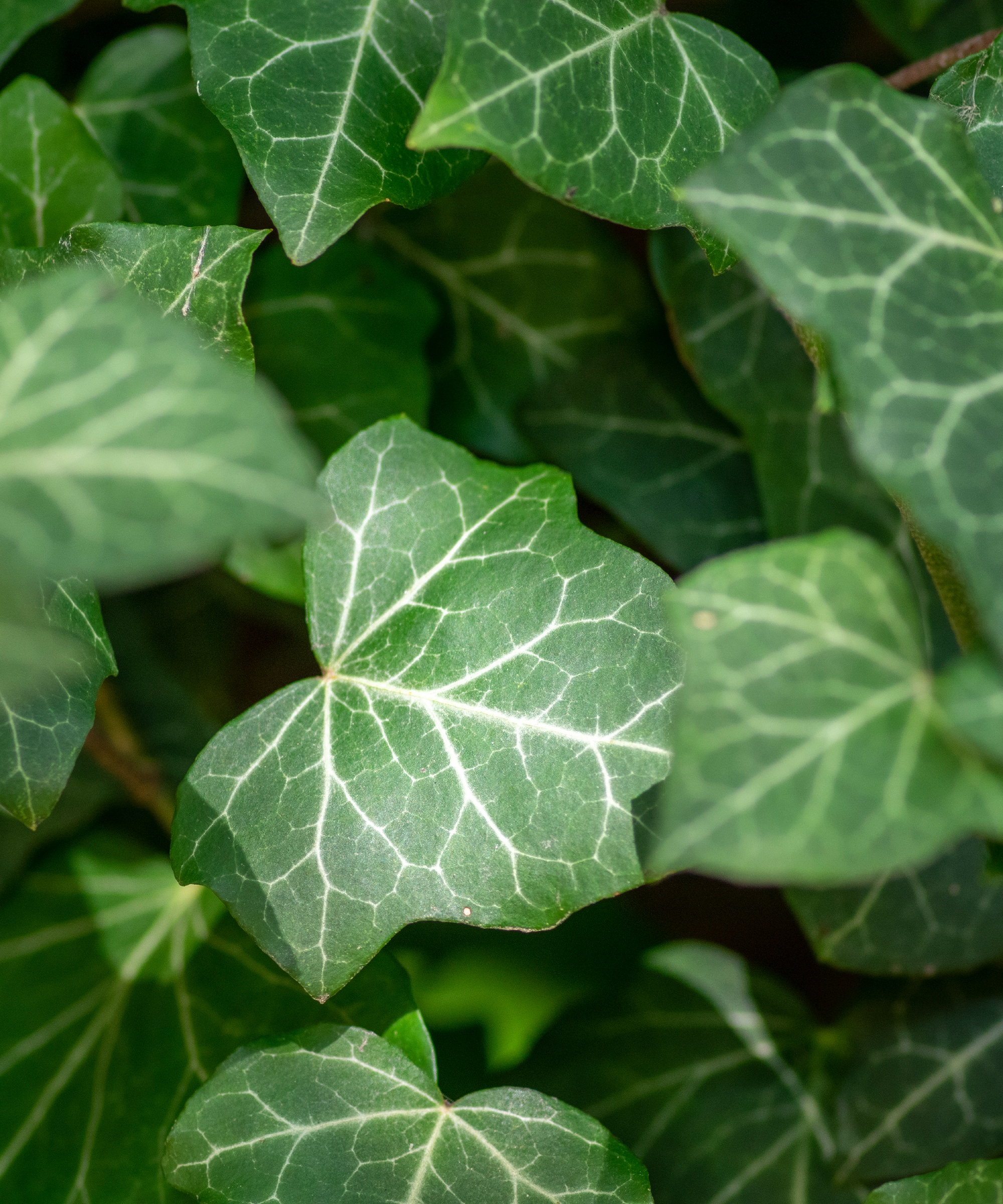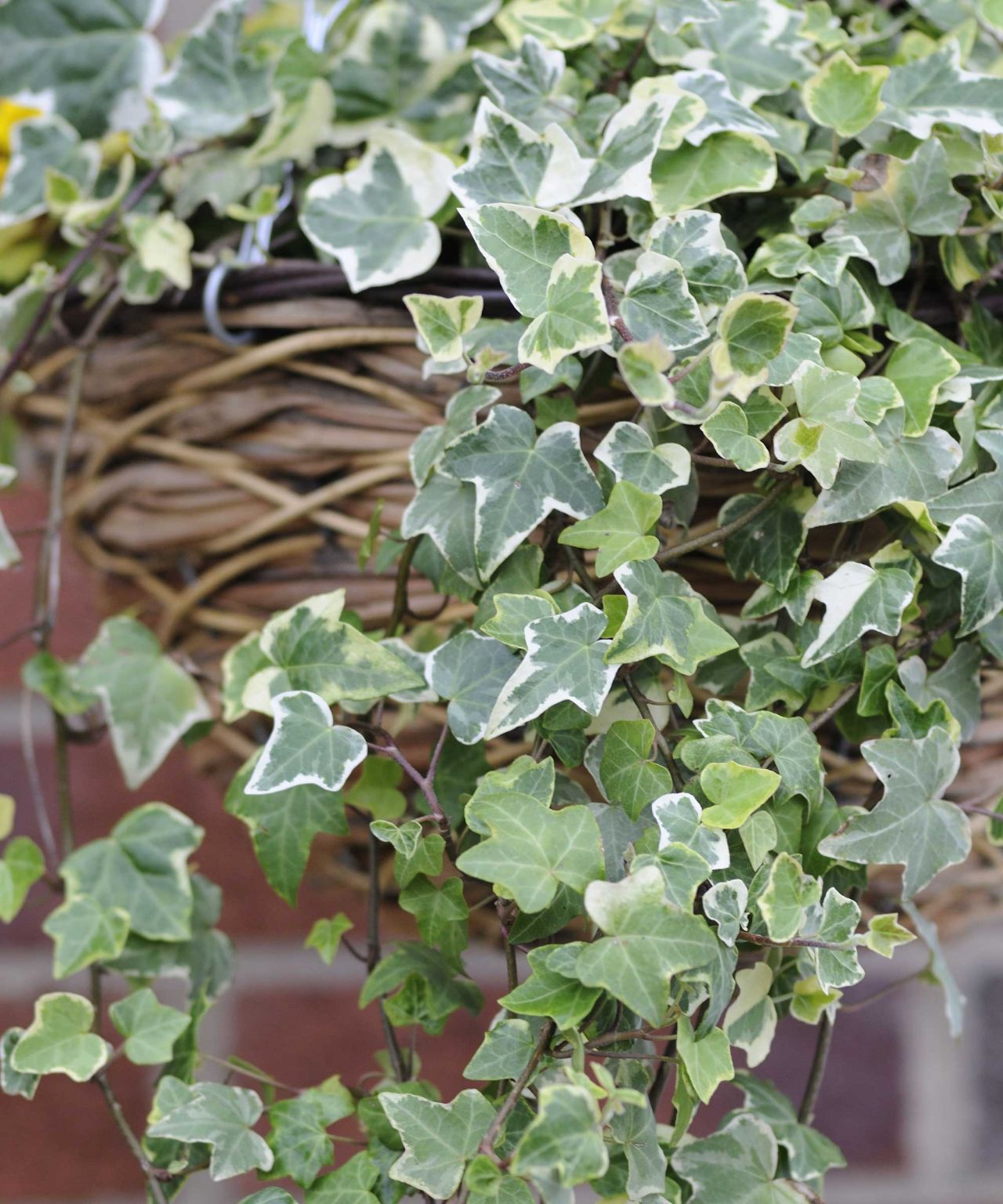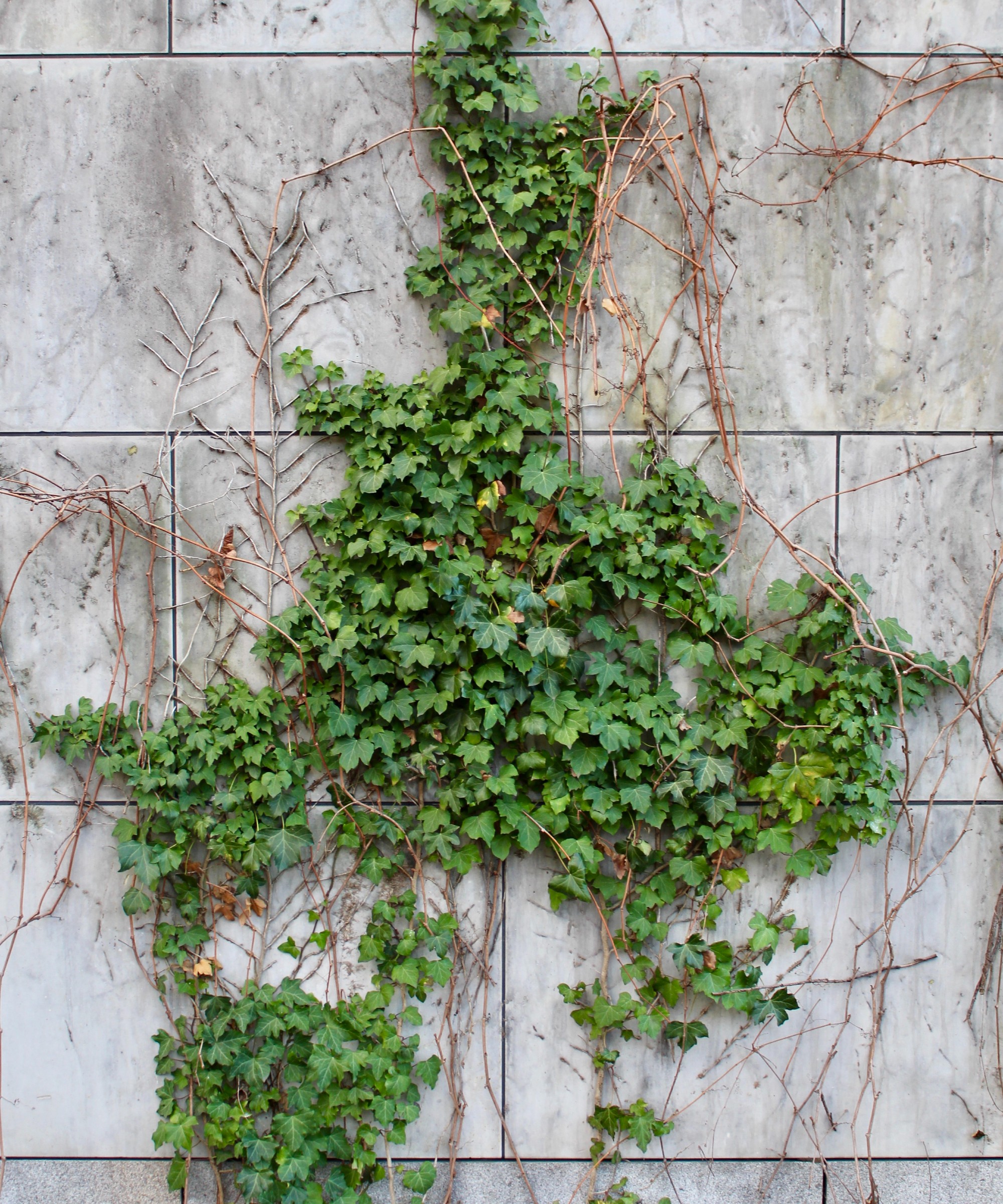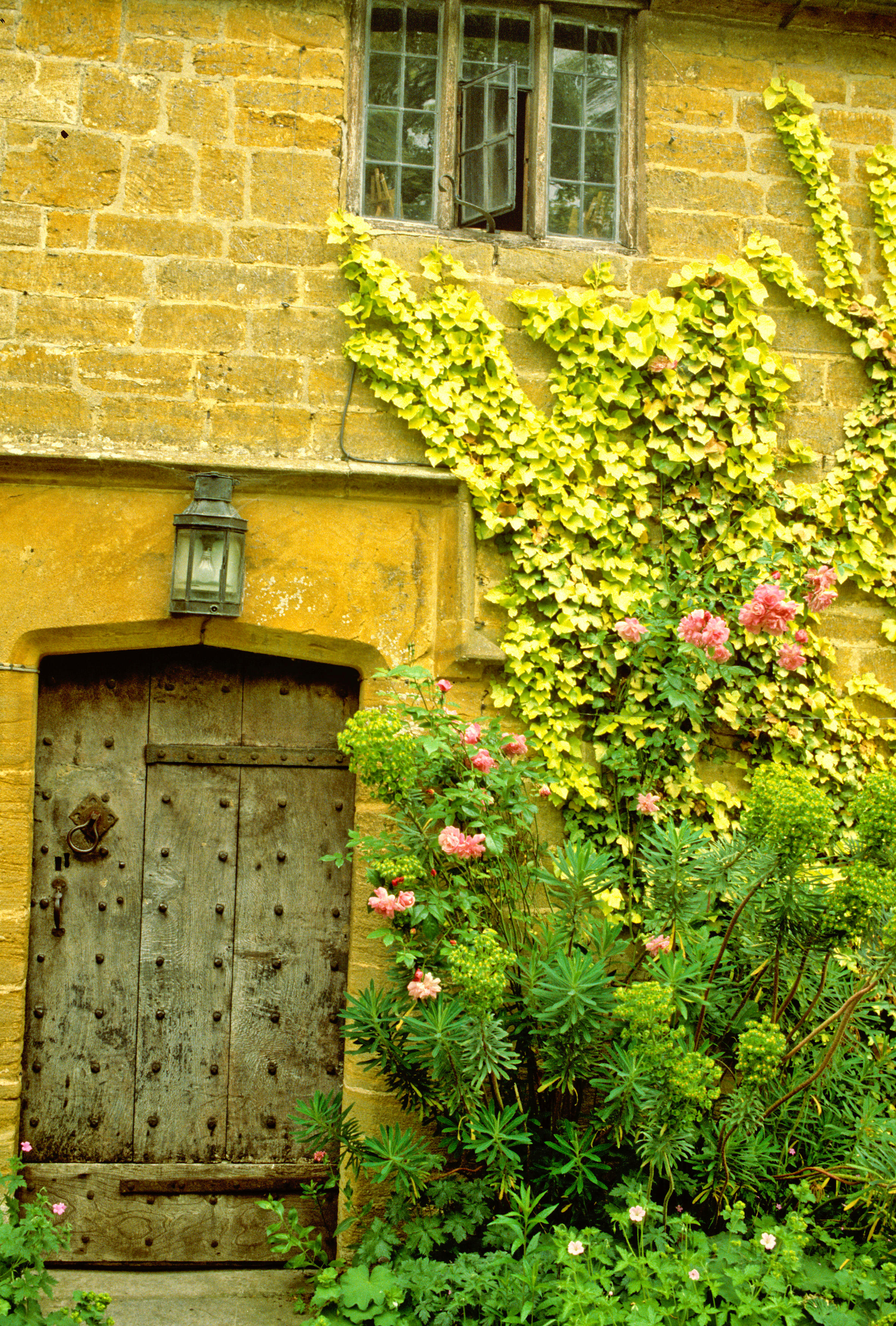How to get rid of ivy with vinegar – easy, non-toxic steps to kill it
Here’s how the experts get rid of ivy – their secret is refreshingly simple but always effective


When it comes to getting rid of ivy in your garden, the natural way may be the best. While it is tempting to opt for powerful weed killers, there is a less toxic way to control this climbing plant, which can cling to and damage masonry and fencing – and it may be hiding in your kitchen cabinet.
If you’re looking to get rid of ivy (the non-poisonous kind) or even get rid of poison ivy, then you should begin with apple vinegar – a natural solution that won’t harm your garden. This tip is entirely expert-approved – and couldn’t come at a better time for taming this invasive plant. It will even work for getting rid of ivy on a fence.
Ivy has growth spurts in spring (when its leaves may appear red or green). So, if you find yourself battling ivy, then this natural approach may be the quick solution you need.
How to use apple vinegar to control ivy – for quick results
‘I have tried a handful of DIY solutions for getting rid of ivy, but the solution that has worked best is a combination of apple cider vinegar, dish soap, and salt,’ says garden expert and Lawn Love’s CEO, Jeremy Yamaguchi. The expert suggests using one gallon of apple cider vinegar, one ounce of dish soap, and one tablespoon of salt.
1. Prepare to handle the ivy

It is important to prepare before you try to get rid of ivy with apple vinegar. Ivy will irritate the skin, even if mildly; poison ivy will, of course, inflict swollen skin, blisters, and often severe itching. HomeCareHow’s Founder Edward Jones recommends wearing long sleeves, long trousers, boots, and rubber gardening gloves (such as these gloves on Amazon).
2. Spray the apple vinegar-based solution

The experts recommend filling a spray bottle with your solution (apple cider vinegar, dish soap, and one tablespoon of salt) and spraying the mixture onto your ivy plants thoroughly.
‘The vinegar and salt are the agents that attack the ivy the most,’ Jeremy explains. ‘Meanwhile, the soap works to improve the vinegar’s effectiveness.’
Design expertise in your inbox – from inspiring decorating ideas and beautiful celebrity homes to practical gardening advice and shopping round-ups.
The experts say that the solution should sit on your ivy plants for at least five days – at which point it is time to check on its progress.
3. Use shears to remove the dead ivy

Finally, it is best to use a pruning saw and garden shears to remove the dead ivy safely. You can even use a decorator's scraping tool to remove ivy that's clinging strongly to masonry. However, if you discover some leaves have survived, Edward recommends repeating the same process until all the ivy is dead.
Is this the secret to an ivy-free garden wall? With this expert approval, we’re ready to give it a try.
How do I get rid of ivy permanently?
To get rid of ivy permanently:
- Wait for a period of a few dry days, then spray the ivy leaves with a solution of apple cider vinegar, dish soap, and one tablespoon of salt.
- Allow the mix to do its work on the ivy for five days.
- Detach the dead ivy from the walls carefully, disposing of it into your garbage, not your compost.
- If you can't dig out roots, kill them with herbicide or with a one part white vinegar and four parts water solution.
- Return to the area regularly to check for new growth, and deal with it as above.
How do you kill ivy roots?
If you can't dig out roots, kill them with herbicide or with a one part white vinegar and four parts water solution.

Megan is the Head of Celebrity Style News at Homes & Gardens, where she leads the celebrity/ news team. She has a history in interior design, travel, and news journalism, having lived and worked in New York, Paris, and, currently, London. Megan has bylines in Livingetc, The Telegraph, and IRK Magazine, and has interviewed the likes of Drew Barrymore, Ayesha Curry, Michelle Keegan, and Tan France, among others. She lives in a London apartment with her antique typewriter and an eclectic espresso cup collection, and dreams of a Kelly Wearstler-designed home.